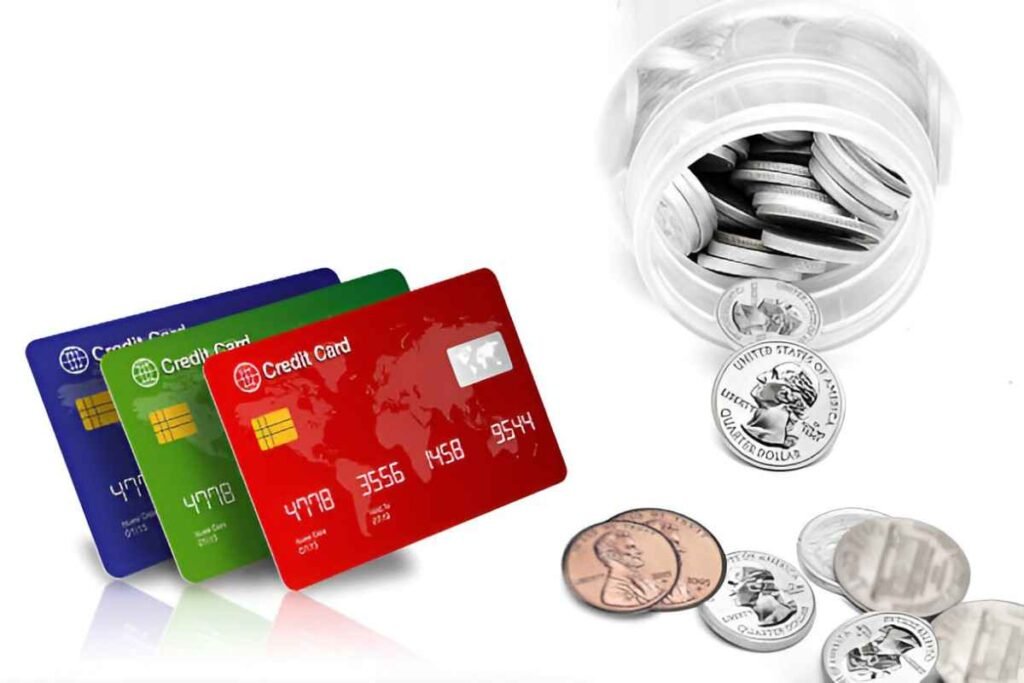When I think about the credit system today, it’s easy to imagine a world of plastic cards, digital payments, and revolving credit lines. But in the 1920s, credit worked quite differently. Understanding the early days of the credit card system gives insight into how financial practices evolved and shaped modern consumerism.
Table of Contents
The Credit Landscape in the 1920s
The 1920s marked a period of economic prosperity in the United States, often referred to as the “Roaring Twenties.” With an expanding middle class and the rise of consumer culture, businesses introduced various forms of credit to encourage spending. Unlike today’s universal credit cards, early versions were localized and often limited to specific stores or industries.
Key Features of 1920s Credit Systems
| Feature | 1920s Credit System | Modern Credit Cards |
|---|---|---|
| Scope | Store-specific | Universal acceptance |
| Payment Structure | Monthly bill settlements | Revolving credit |
| Interest Rates | Often zero or fixed fees | Variable interest rates |
| Physical Form | Paper or metal charge plates | Plastic or digital cards |
| Consumer Protection | Minimal | Strong regulatory framework |
In the 1920s, businesses issued “charge plates” or “charge coins” to customers, allowing them to purchase goods on credit. These physical tokens were unique to individual retailers and required settlement at the end of the month.
Types of Credit Instruments Used in the 1920s
- Charge Plates and Coins: Department stores, such as Macy’s and Bloomingdale’s, issued metal plates embossed with customer information.
- Oil Company Cards: Petroleum companies provided cards to frequent travelers for purchasing fuel and related services.
- Hotel and Restaurant Cards: Luxury establishments offered credit facilities to high-end clients.
Comparison of Popular 1920s Credit Instruments
| Instrument Type | Purpose | Typical Users | Settlement Method |
|---|---|---|---|
| Charge Plates | Retail purchases | Middle-class consumers | Monthly billing |
| Oil Company Cards | Fuel purchases | Business travelers | Direct payment or monthly |
| Hotel Charge Accounts | Lodging and dining | Wealthy clientele | Payment upon checkout |
How Credit Worked in the 1920s
Let’s take an example of a typical consumer in the 1920s. Imagine John, a businessman, who frequently travels between cities. He might carry a charge card issued by a major hotel chain, allowing him to stay and dine without immediate cash payments. Each month, John receives an itemized bill detailing his charges, which he must settle in full.
Example Calculation:
- Monthly hotel stay: $30
- Restaurant charges: $10
- Total bill: $40
- Settlement due: End of the month
Unlike today, missing a payment did not always result in interest accrual, but it could lead to service denial.
The Advantages and Limitations of 1920s Credit
Advantages
- Encouraged Consumer Spending: Businesses could attract customers who didn’t carry large amounts of cash.
- Building Customer Loyalty: Exclusive credit programs fostered long-term relationships.
- Simplicity: Credit arrangements were straightforward with limited hidden fees.
Limitations
- Lack of Universality: Cards were not widely accepted beyond specific stores.
- Risk of Loss: Physical plates or coins could be misplaced or stolen.
- Limited Consumer Protection: There were few legal safeguards for customers.
The Transition from 1920s Credit to Modern Credit Cards
The credit systems of the 1920s laid the foundation for the bank-issued credit cards we use today. The first major breakthrough came in the 1950s with the Diners Club card, which introduced the concept of broader acceptance across multiple merchants.
Evolutionary Steps from 1920s to Today
| Period | Key Development | Impact |
|---|---|---|
| 1920s | Store-specific credit plates | Consumer loyalty programs |
| 1950s | First universal charge cards | Multi-merchant acceptance |
| 1970s | Bank-issued revolving credit | Increased purchasing power |
| 1990s-2000s | Digital payments introduced | Convenience and security |
Conclusion
Looking back at the 1920s, it’s clear that the credit system has come a long way. The charge plates and credit coins of that era were pioneering steps that addressed consumer needs in a cash-driven economy. They set the stage for the advanced, interconnected credit networks we depend on today.
Understanding this history helps me appreciate the convenience of modern credit while acknowledging the challenges early adopters faced. It also highlights how financial institutions have continuously adapted to meet the changing demands of consumers.
If you ever wonder how credit cards became such a crucial part of our lives, remembering their humble beginnings in the 1920s provides valuable context.





